WOW! LITERAL BOATLOADS of jellyfish! Mexico& #39;s 2020 jellyfish fishing season has begun! This undescribed species of blue jelly is mostly shipped to Asia. & jellyfishing isn& #39;t just in Mexico: it& #39;s Georgia& #39;s 3rd LARGEST FISHERY [mini thread]
#DailyJelly
Pics: https://bit.ly/36vmLni ">https://bit.ly/36vmLni&q...
#DailyJelly
Pics: https://bit.ly/36vmLni ">https://bit.ly/36vmLni&q...
From the US State of Georgia up through Baja California, cannonball jellyfish are fished and mostly sold to countries like Japan, which make salads and stirfries with jellyfish. In Georgia, they call it "jellyballin". Check the amazing vid here. But....
https://www.cbc.ca/player/play/2659025427">https://www.cbc.ca/player/pl...
https://www.cbc.ca/player/play/2659025427">https://www.cbc.ca/player/pl...
...Many of the jellies fished, including the blue beauties above, are undescribed (link) & the fisheries aren& #39;t monitored. So there is no way to know how the jellies are doing. Mexico& #39;s jellyfishery collapsed for several years. No one knows why...
https://bit.ly/2Aa6dW1 ">https://bit.ly/2Aa6dW1&q...
https://bit.ly/2Aa6dW1 ">https://bit.ly/2Aa6dW1&q...
...but this challenge isn& #39;t just restricted to the Americas. Jellyfishing is a global industry. At last reporting, Japan imported 25 MILLION USD IN JELLYFISH PER YEAR. There are jellyfish fishing grounds all throughout the world, with SE Asia as a hotspot: https://bit.ly/2X1id4U ">https://bit.ly/2X1id4U&q...
In China, the demand for jellyfish & #39;meat& #39; is so high they actually ADD HUNDREDS OF MILLIONS OF YOUNG FLAME JELLYFISH TO THEIR COST EACH YEAR, in the hopes of increasing the supply...
Link to paper: http://www.int-res.com/abstracts/meps/v350/p153-174/
Image:">https://www.int-res.com/abstracts... wiki
Link to paper: http://www.int-res.com/abstracts/meps/v350/p153-174/
Image:">https://www.int-res.com/abstracts... wiki
China also grow jellyfish in MASSIVE farms: huge inland lakes filled with nothing but flame jellyfish...
And jellyfish don& #39;t just feed people, leatherback turtles feed almost exclusively on jellyfish. Sunfish, seabirds, crabs, shrimp, starfish, octopus, and even corals have been known to much on jellies. And this is why... https://www.nytimes.com/2018/09/28/science/jellyfish-predators-oceans.html">https://www.nytimes.com/2018/09/2...
It& #39;s so important to study jellyfish. To describe new species like the bright blue jelly in Mexico, to understand jellyfish ecology, population connectivity. The worldwide catch of jellyfish around 321,000 METRIC TONS PER YEAR.
Study: https://bit.ly/2XxlE2h
(images:">https://bit.ly/2XxlE2h&q... wiki)
Study: https://bit.ly/2XxlE2h
(images:">https://bit.ly/2XxlE2h&q... wiki)
Jellyfish have a bad rap, but the truth is that both people and animals rely on them:
Blue jelly: Catostylus, fished in SE Asia
Top pink: Catostylus, fished in SE Asia
Bottom pink: Cephea, fished in SE Asia
Brown jelly: Stomolophus, fished in USA
Images: wiki
Blue jelly: Catostylus, fished in SE Asia
Top pink: Catostylus, fished in SE Asia
Bottom pink: Cephea, fished in SE Asia
Brown jelly: Stomolophus, fished in USA
Images: wiki
This is also why scientists so badly need beach-goers to report the jellyfish they see. There& #39;s virtually no funding for monitoring jellyfisheries (trust me, I& #39;ve tried). But websites like http://iNaturalist.org"> http://iNaturalist.org and http://JellyWatch.org"> http://JellyWatch.org can help us keep track of jelly health!
So if you see jellies, please let us know! Let& #39;s keep our jellyfish, and jellyfisheries, healthy for years to come! [end of thread]
Image: wiki
Image: wiki

 Read on Twitter
Read on Twitter![WOW! LITERAL BOATLOADS of jellyfish! Mexico& #39;s 2020 jellyfish fishing season has begun! This undescribed species of blue jelly is mostly shipped to Asia. & jellyfishing isn& #39;t just in Mexico: it& #39;s Georgia& #39;s 3rd LARGEST FISHERY [mini thread] #DailyJellyPics: https://bit.ly/36vmLni&q... WOW! LITERAL BOATLOADS of jellyfish! Mexico& #39;s 2020 jellyfish fishing season has begun! This undescribed species of blue jelly is mostly shipped to Asia. & jellyfishing isn& #39;t just in Mexico: it& #39;s Georgia& #39;s 3rd LARGEST FISHERY [mini thread] #DailyJellyPics: https://bit.ly/36vmLni&q...](https://pbs.twimg.com/media/EY6Nx40WkAEsrFd.jpg)
![WOW! LITERAL BOATLOADS of jellyfish! Mexico& #39;s 2020 jellyfish fishing season has begun! This undescribed species of blue jelly is mostly shipped to Asia. & jellyfishing isn& #39;t just in Mexico: it& #39;s Georgia& #39;s 3rd LARGEST FISHERY [mini thread] #DailyJellyPics: https://bit.ly/36vmLni&q... WOW! LITERAL BOATLOADS of jellyfish! Mexico& #39;s 2020 jellyfish fishing season has begun! This undescribed species of blue jelly is mostly shipped to Asia. & jellyfishing isn& #39;t just in Mexico: it& #39;s Georgia& #39;s 3rd LARGEST FISHERY [mini thread] #DailyJellyPics: https://bit.ly/36vmLni&q...](https://pbs.twimg.com/media/EY6N0r2WsAcgaIC.jpg)
![WOW! LITERAL BOATLOADS of jellyfish! Mexico& #39;s 2020 jellyfish fishing season has begun! This undescribed species of blue jelly is mostly shipped to Asia. & jellyfishing isn& #39;t just in Mexico: it& #39;s Georgia& #39;s 3rd LARGEST FISHERY [mini thread] #DailyJellyPics: https://bit.ly/36vmLni&q... WOW! LITERAL BOATLOADS of jellyfish! Mexico& #39;s 2020 jellyfish fishing season has begun! This undescribed species of blue jelly is mostly shipped to Asia. & jellyfishing isn& #39;t just in Mexico: it& #39;s Georgia& #39;s 3rd LARGEST FISHERY [mini thread] #DailyJellyPics: https://bit.ly/36vmLni&q...](https://pbs.twimg.com/media/EY6N31WWAAAFk3k.jpg)
![WOW! LITERAL BOATLOADS of jellyfish! Mexico& #39;s 2020 jellyfish fishing season has begun! This undescribed species of blue jelly is mostly shipped to Asia. & jellyfishing isn& #39;t just in Mexico: it& #39;s Georgia& #39;s 3rd LARGEST FISHERY [mini thread] #DailyJellyPics: https://bit.ly/36vmLni&q... WOW! LITERAL BOATLOADS of jellyfish! Mexico& #39;s 2020 jellyfish fishing season has begun! This undescribed species of blue jelly is mostly shipped to Asia. & jellyfishing isn& #39;t just in Mexico: it& #39;s Georgia& #39;s 3rd LARGEST FISHERY [mini thread] #DailyJellyPics: https://bit.ly/36vmLni&q...](https://pbs.twimg.com/media/EY6ODJrWAAUDHVL.jpg)
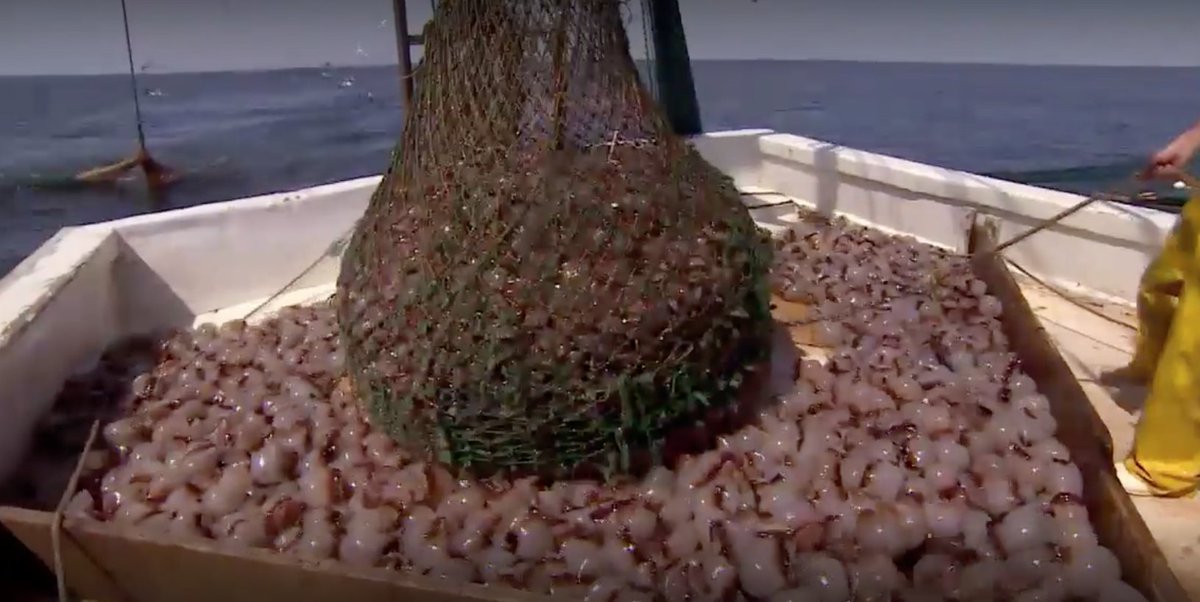
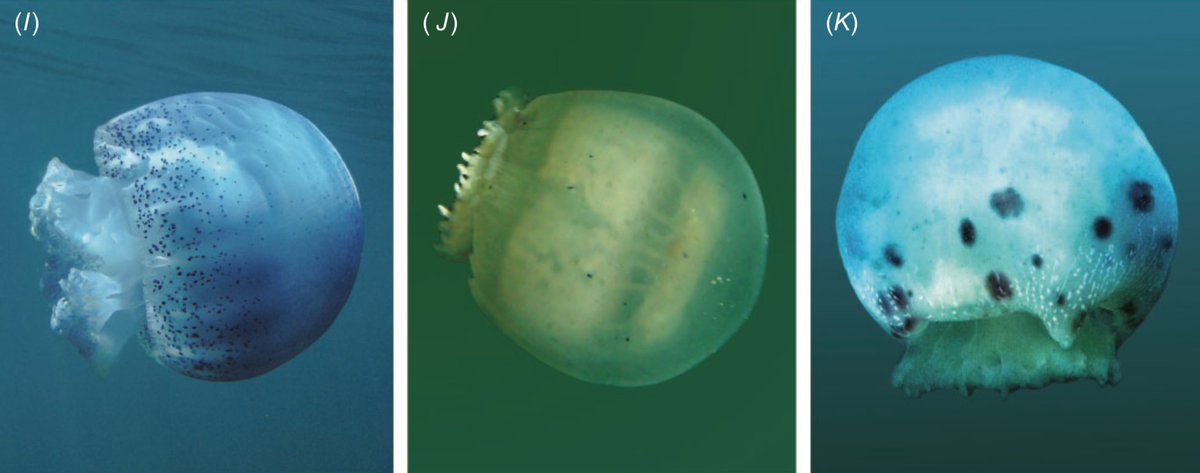
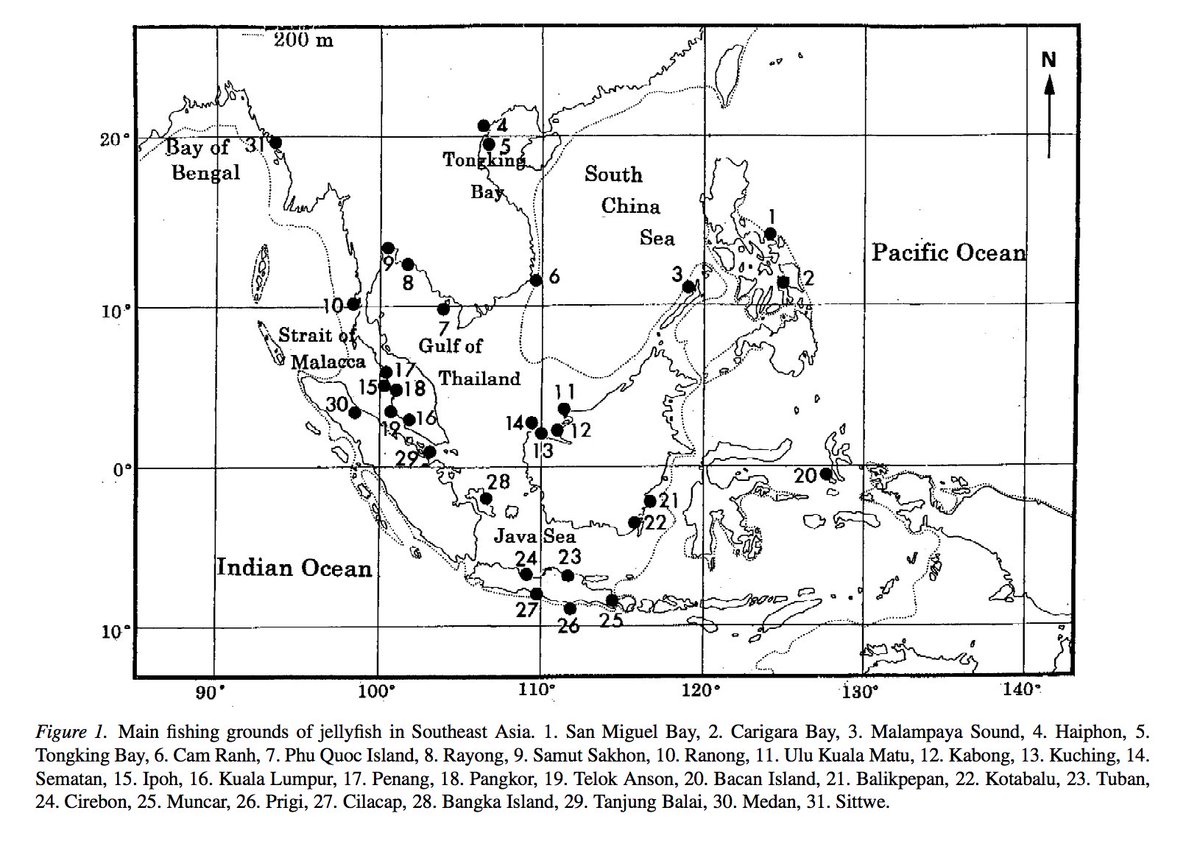
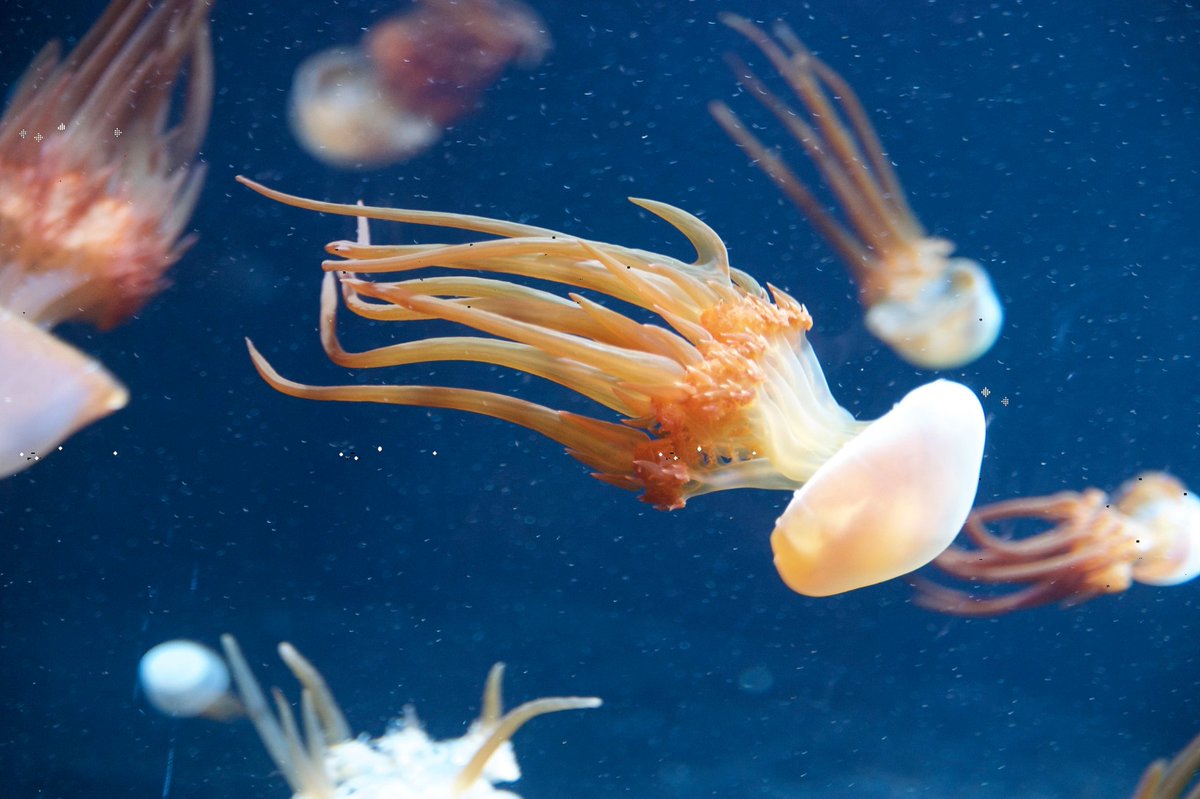
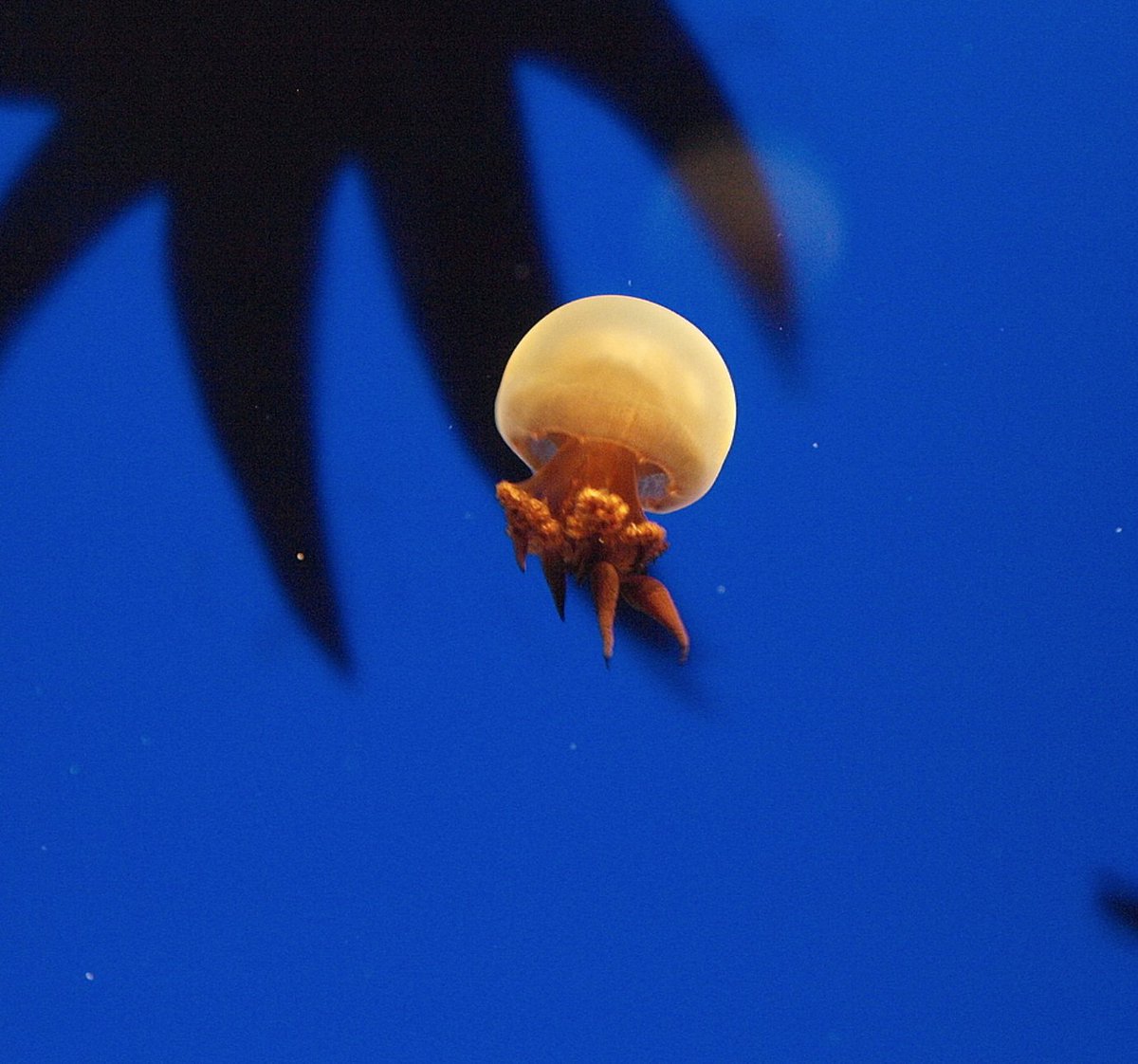
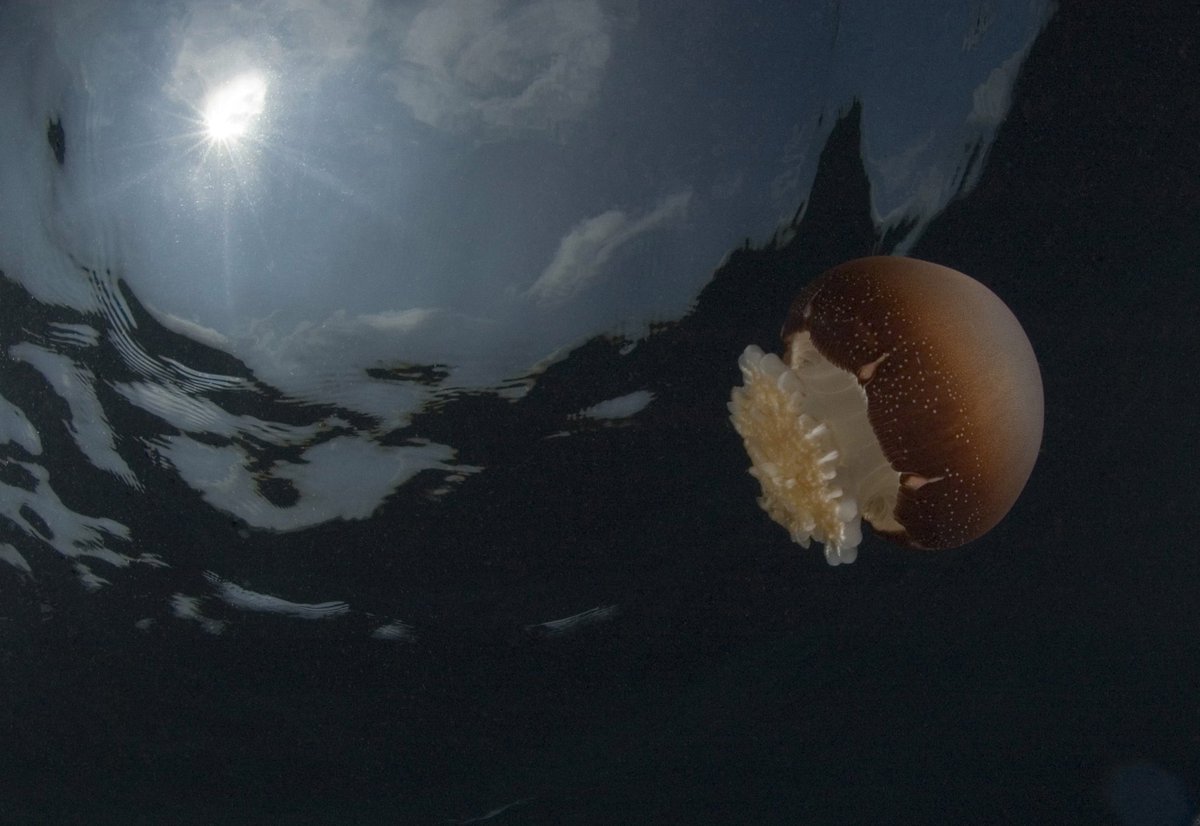
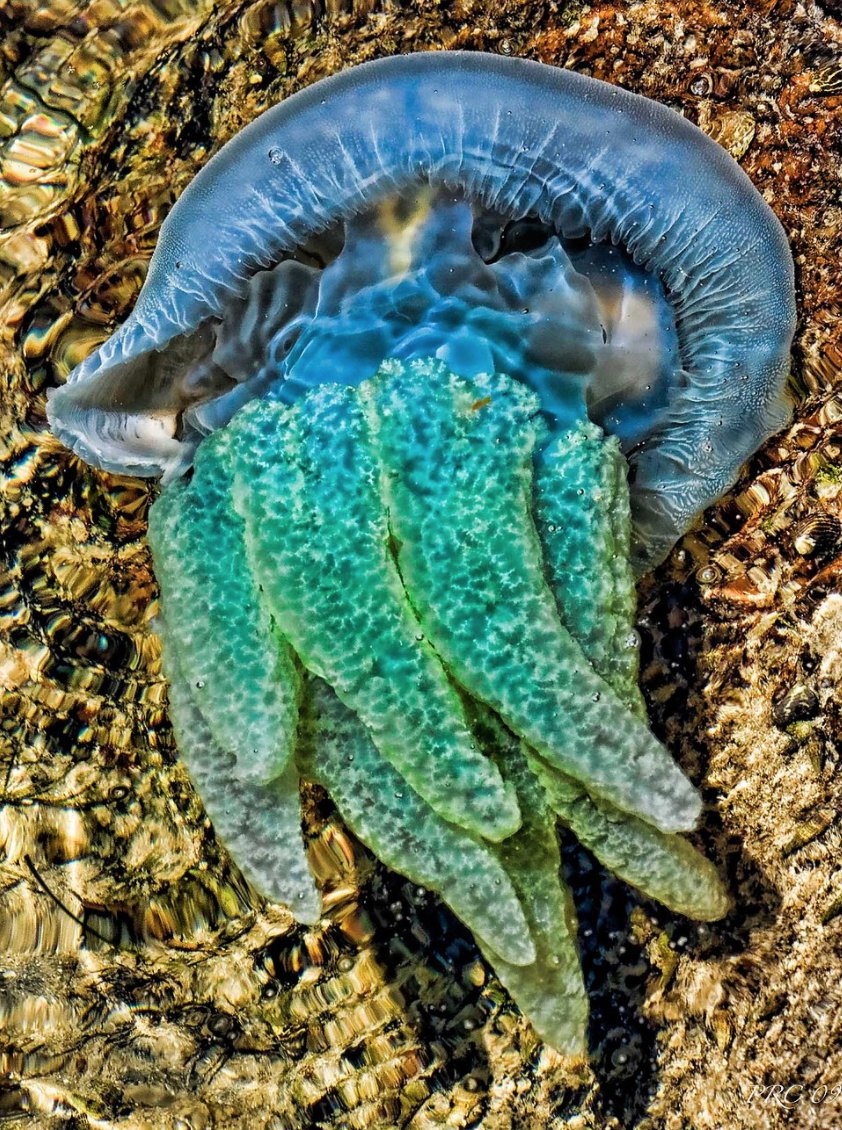
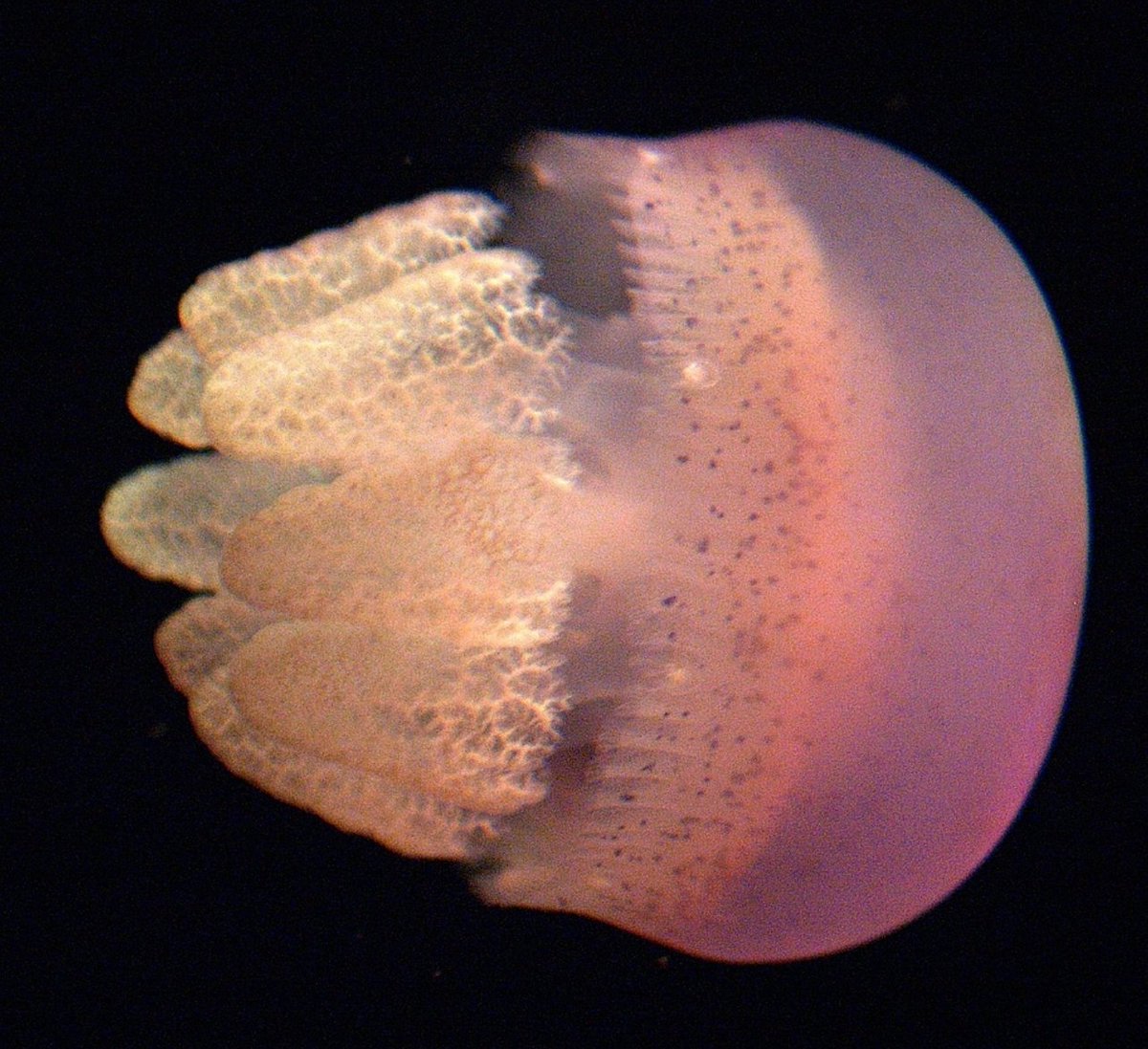
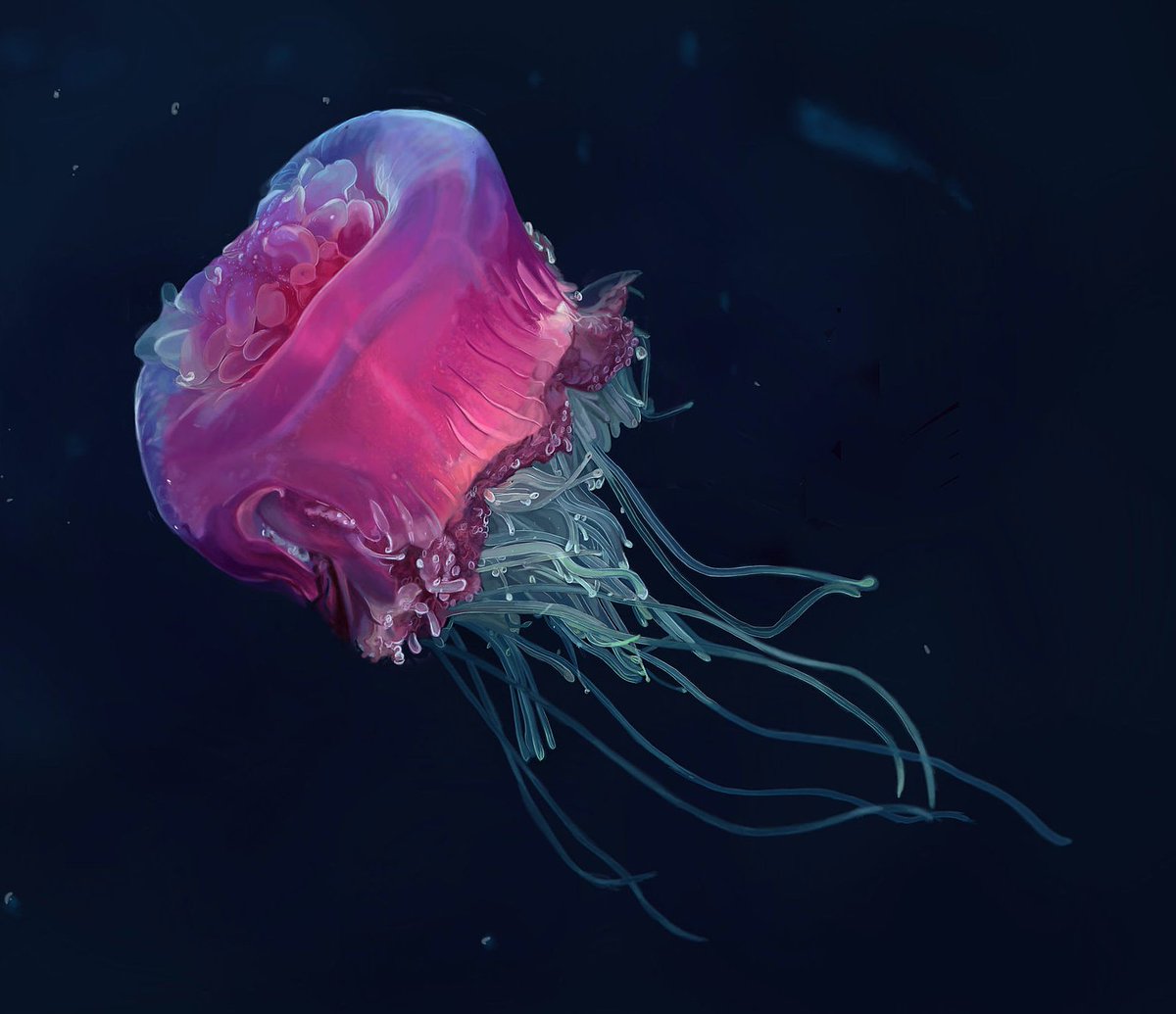

![So if you see jellies, please let us know! Let& #39;s keep our jellyfish, and jellyfisheries, healthy for years to come! [end of thread]Image: wiki So if you see jellies, please let us know! Let& #39;s keep our jellyfish, and jellyfisheries, healthy for years to come! [end of thread]Image: wiki](https://pbs.twimg.com/media/EY9PhC3XYAAJkea.jpg)


